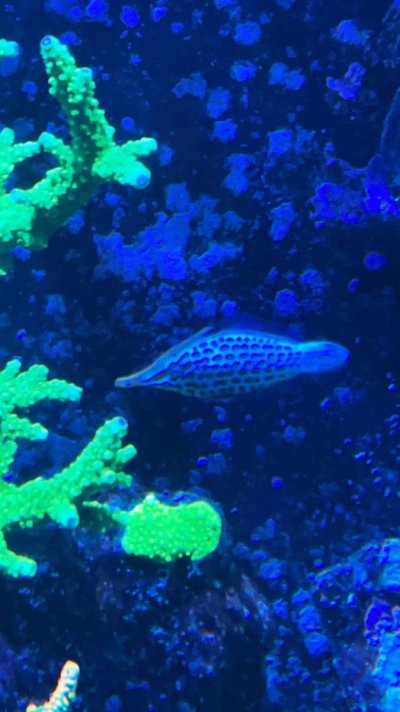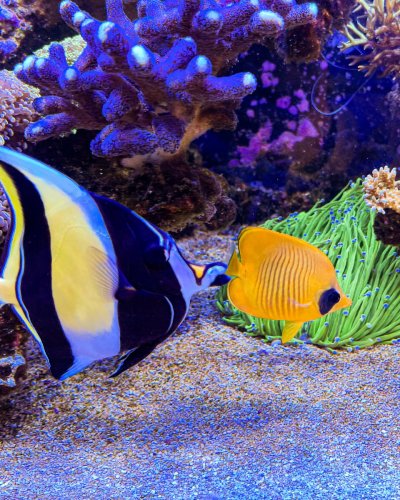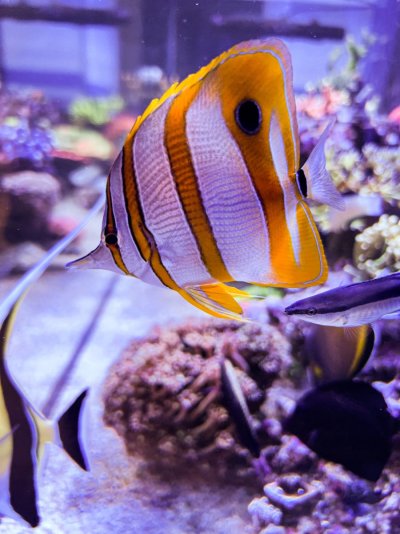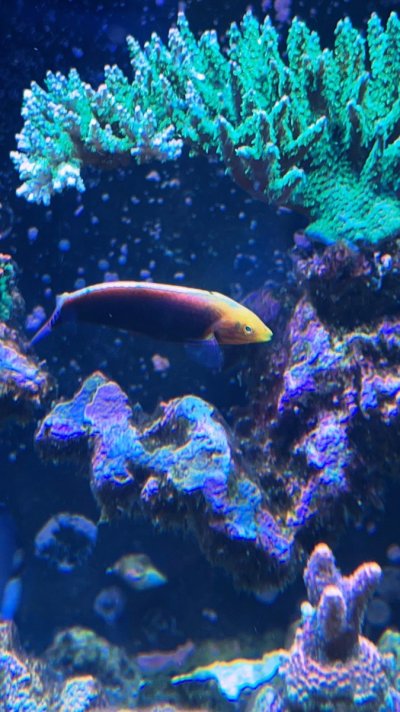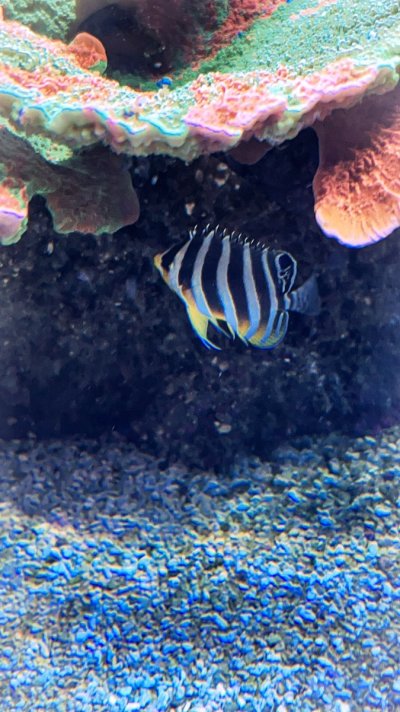I've seen with a lot of the "difficult to keep fish" that most of them are already compromised when they arrive in your tank, whether that is because of spending a lot of time in holding tanks without food, or being exposed to chemicals when they are collected. and then there is almost no chance of getting them to live long. We are lucky here that we are allowed to collect our own fish from the ocean, and something like a moorish idol is quite common on the East Coast. They are quite easy if they go from the ocean to a tank within a few days, I think their death knell is the long time they spend in holding without proper food. My friend kept a local moorish idol for 5+ years, and I have kept them for 2 years+, they take pellets within the first week normally. A healthy moorish is nowhere near reef safe though, it rips lps apart.
As far as other hard to keep fish go, my current copperband I've had for 3 years, and it is still going strong. Also have a Stethojulis trilineata for about 4 months now, cautiously optimistic as it is still fat, they are also notoriously difficult, have failed with interrupta and bandanensis in the past where they just wasted away despite eating. This time I dewormed a few times initially once it started eating properly, maybe that also helps.
Had a multibar in the past from TMC, and it also refused to eat, I kept it in a 1000 liter flobin full of live rock for a good 3 months at the start until it acclimated to prepared foods. Unfortunately lost it when my one UV sterilizer burst in the middle of a cold night a few years ago.


As far as other hard to keep fish go, my current copperband I've had for 3 years, and it is still going strong. Also have a Stethojulis trilineata for about 4 months now, cautiously optimistic as it is still fat, they are also notoriously difficult, have failed with interrupta and bandanensis in the past where they just wasted away despite eating. This time I dewormed a few times initially once it started eating properly, maybe that also helps.
Had a multibar in the past from TMC, and it also refused to eat, I kept it in a 1000 liter flobin full of live rock for a good 3 months at the start until it acclimated to prepared foods. Unfortunately lost it when my one UV sterilizer burst in the middle of a cold night a few years ago.








